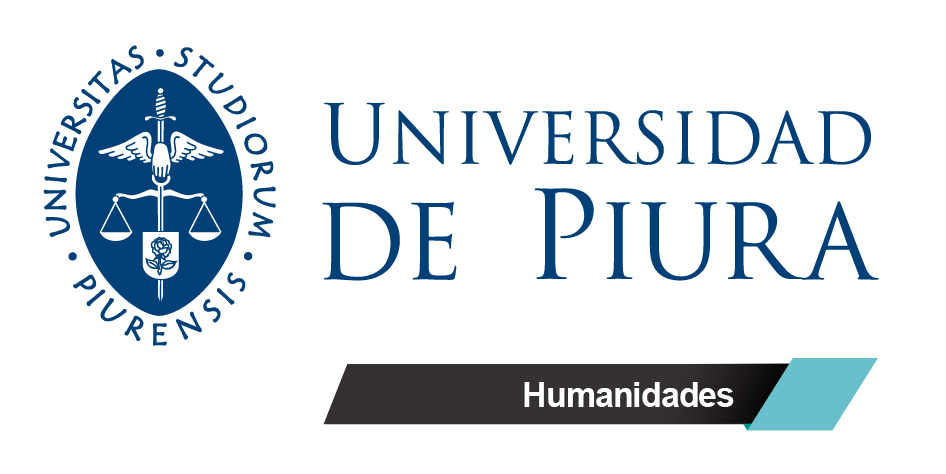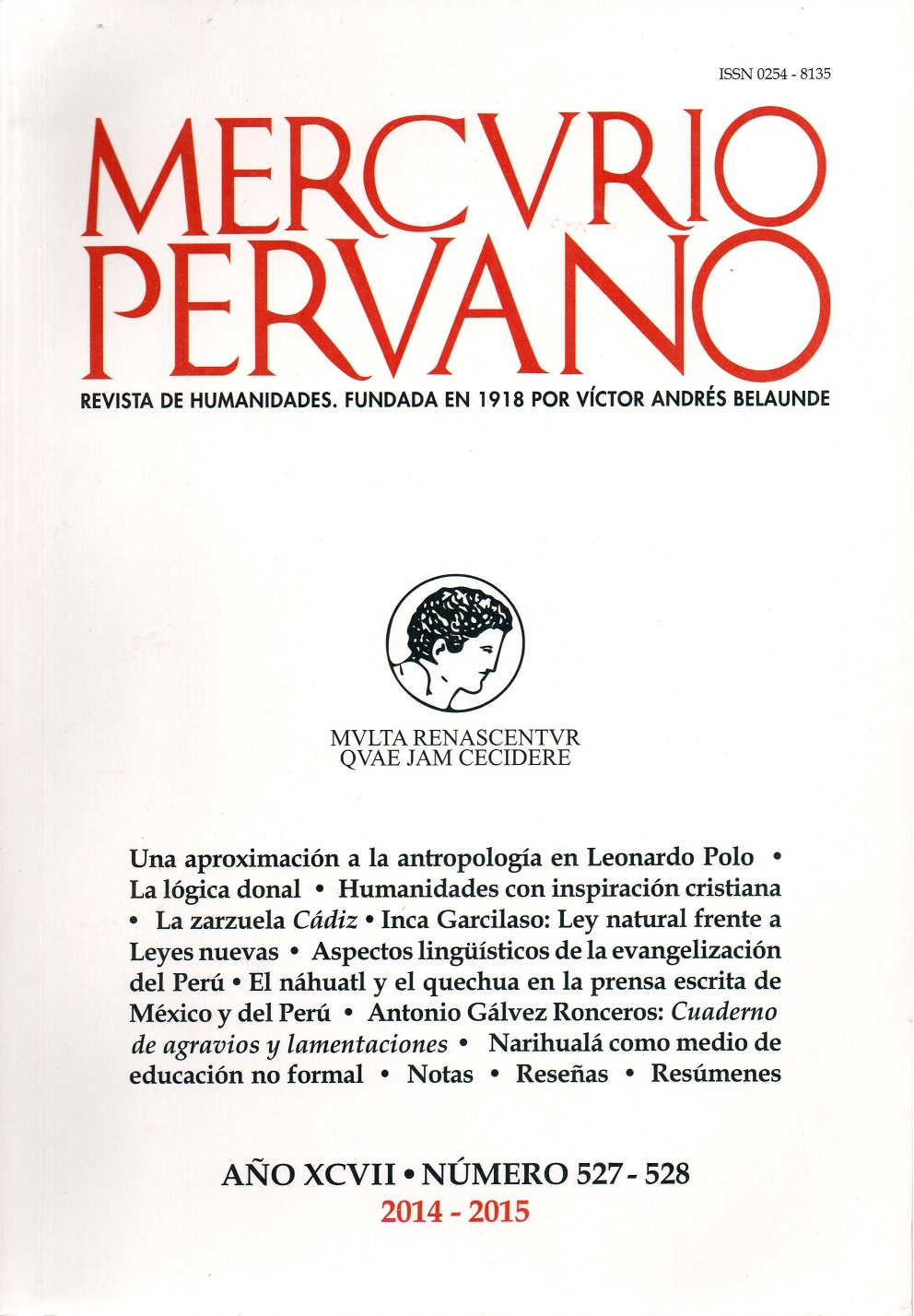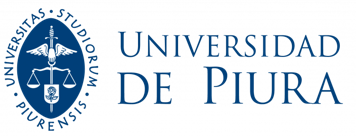Imagen de la lengua náhuatl y la lengua quechua en la prensa escrita de México y del Perú
Keywords:
language portrayal, linguistic ideologies, journalistic discourse, Nahuatl, Quechua.Abstract
An analysis is made of the journalistic discourse about the Nahuatl language and the Quechua language in the newspapers of Mexico and Peru, to show what image is being formed by the national press about these indigenous languages of America, how it produces and reproduces information, contexts and topics related to the native languages that have the greatest number of speakers in these countries, next to Spanish, the language of political power. The research is based on a corpus analysis consisting of 800 articles published from 1996 to 2009 in the Mexican newspaper La Reforma in the case of Nahuatl, and in the Peruvian newspaper El Comercio, in the case of Quechua. It is assumed that in addition to reporting the news, journalistic discourse offers a way to understand it and make sense of it. The conclusion is made that both languages have an important role in the written press as reference points in the history and culture of the indigenous people, and refer to local contexts. Moreover, the discourse about these languages is characterized by collectivity, since in it are prevalent group categories; and by timelessness, because there is a notable absence of reference to a concrete time. Both characteristics are brought out in the discourse about the Nahuatl language.



 Portal de Revistas de la Universidad de Piura.
Portal de Revistas de la Universidad de Piura.